A PASSION FOR BRITISH IRON
 A Vintage Motorcycle Meet is a Special Place on a Sunday Afternoon
A Vintage Motorcycle Meet is a Special Place on a Sunday Afternoon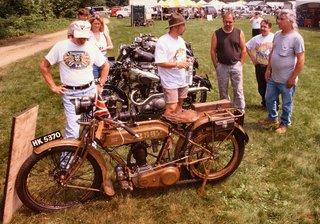
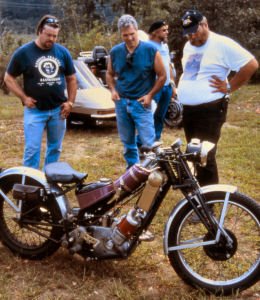
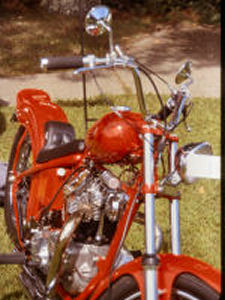
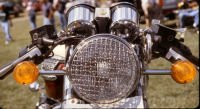 A vintage rally is a place to take a look at where we have been and how we got where we are today.
A vintage rally is a place to take a look at where we have been and how we got where we are today.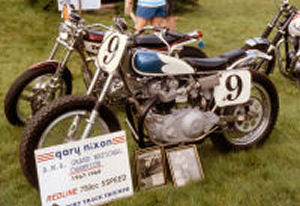
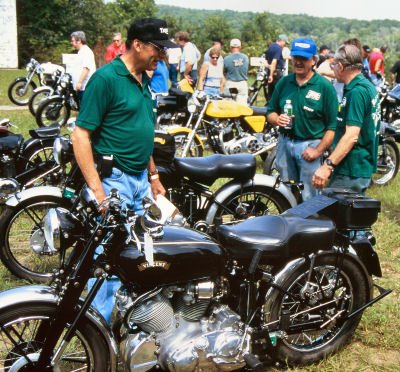 Motorcycling is just a bit over a hundred years old, and while there have been over seventy American manufacturers over the years, the English, of all the European manufacturers, produced more motorcycles under more marques than any other nation, a tradition that carried right up through WWII.
Motorcycling is just a bit over a hundred years old, and while there have been over seventy American manufacturers over the years, the English, of all the European manufacturers, produced more motorcycles under more marques than any other nation, a tradition that carried right up through WWII.
After the war, in need of export dollars, the Brits discovered America; and Americans discovered what came to be called Brit Iron. Until the arrival of the Japanese bikes in the 1970’s, British motorcycles were the hottest wheels on and off the road. It makes little difference what you ride, on which side of the pond you live, or where your motorcycle roots are sunk, Triumph, BSA, Norton, Vincent, Matchless, and a host of others are a visceral experience that defies explanation. These northeastern rallies pay homage to that allure.
While Harley Davidson more than held its own the wide open west, The northeast was perhaps the epicenter of English motorcycling in the states, with its narrow winding roads, and closed in, highly congested cities. 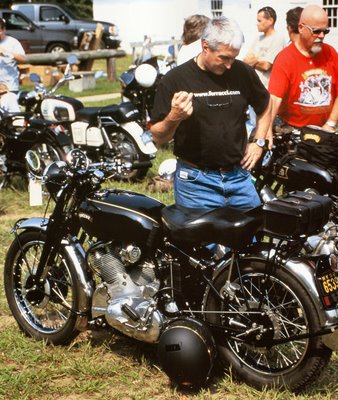
“We are the oldest all British vintage meet in the country” says Ron Pare, 63, and he should know. He founded and still runs the British Motorcycle Meet in Auburn, MA, where Brit Iron lovers find their nirvana. At the first meet in 1979, they had fifty visitors and about twenty motorcycles showed up. Last year, the attendance was over a thousand with over two hundred vintage motorcycles on display. Staffed entirely by volunteers from New England and Canada, it is a celebration of a very historic part of motorcycling history. "On a bad day, we'll get as few as fifty visitors, on a good day, well over a thousand. We do this just to have fun," he says.
In 1981, when Triumph, the last of the British motorcycle manufacturers closed its doors, Jay Strait took it as a personal affront. Bound and determined to keep the legacy alive, he founded Triumph Day. Financial considerations forced him to end it after twenty years, but it symbolized how Triumph riders, collectors and restorers feel about their Brit Iron. 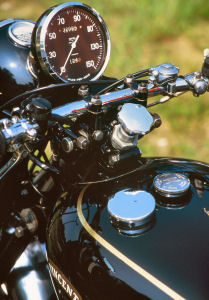
The British Iron Association of Connecticut and Massachusetts followed with their own formation and shows. These New Englanders are a bit more open minded about what exactly constitutes a vintage bike; vintage lovers will find just about anything that has to do with Vintage motorcycles, or or permutations, from a 1909 Triumph Tourer, perfectly restored Vincents, Scott Squirrels, or even a 1936 Morgan three wheeler with its front-mounted V-twin. You'll find American iron here to such as a 1928 Henderson with sidecar, WWII Harleys, a few Indians, and what many consider the epitome of chopped motorcycles; an in-line deuce, weighing less than a few hundred pounds, perhaps the most stripped down motorcycle on the road. Here, it's all about the bikes.
Whatever form they take, they are cool. 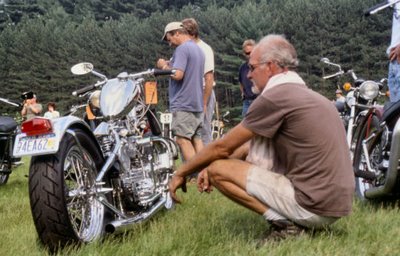
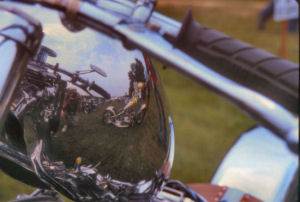
“They looked cool just sitting still”, says Shaun Kelly, the webmaster of BritIron Connecticut, who, like many others was barely old enough to ride when these machines were the hottest thing on and off the road, owns two, a 1970 Triumph Daytona Trophy 500, and a 1975 Norton Commando 850; both inherited from his late father, who was part of that ‘70’s motorcycle scene.
Every vintage bike as a story attached to it, and like many, Shaun’s is particularly personal.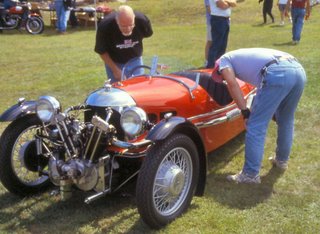
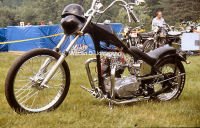
To honor his father, he has completely restored the Trump as a connection back t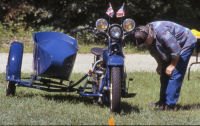 o the times that they spent together riding and working on their bikes. .He went right down to the frame and built it right back up; Brakes, axle assemblies, the works. “It’s a disease” he says. “Once you start, you can’t stop”.
o the times that they spent together riding and working on their bikes. .He went right down to the frame and built it right back up; Brakes, axle assemblies, the works. “It’s a disease” he says. “Once you start, you can’t stop”.
He repeats the mantra of Brit Iron lovers, “British motorcycles make great mechanics out of riders”.
“I know he watches while I worked on this,” he says of the two years he spent restoring the Triumph. “I would be standing there, scratching my head and it’s as though he’s standing therein my ear going ‘Okay, this goes like this, that goes like that, look in the manual’. In the end, I know that he’s going to see what this looks like”.
There are stories like this at every one of these meets. there are small meets like this all over the country. They won’t get a lot of ink, few but the dedicated know about them, but it is worthwhile whereever you are to spend a day and go take a look at a piece of your motorcycle history. Besides, they're just plain fun. 
.
0 Comments:
Post a Comment
<< Home